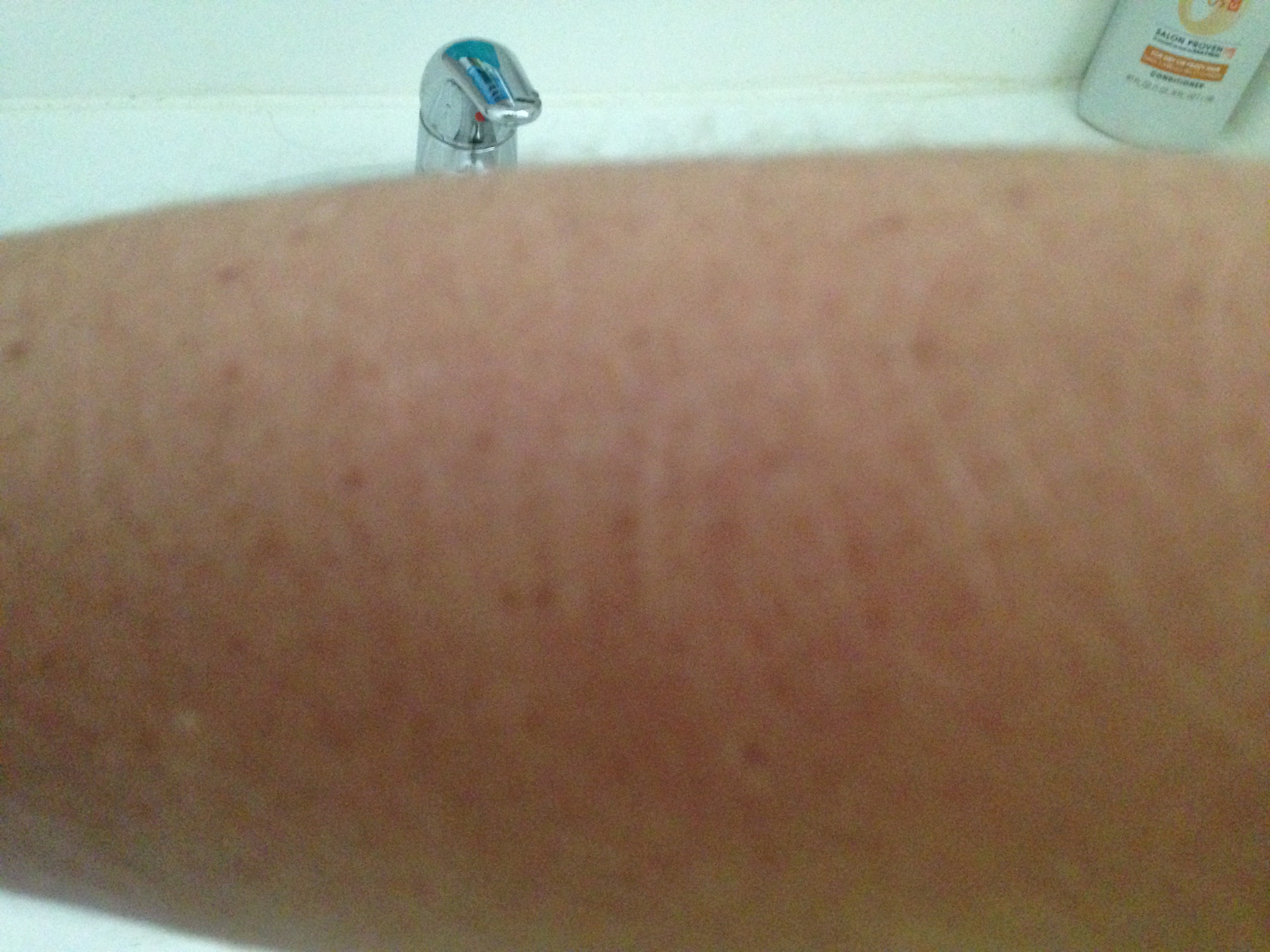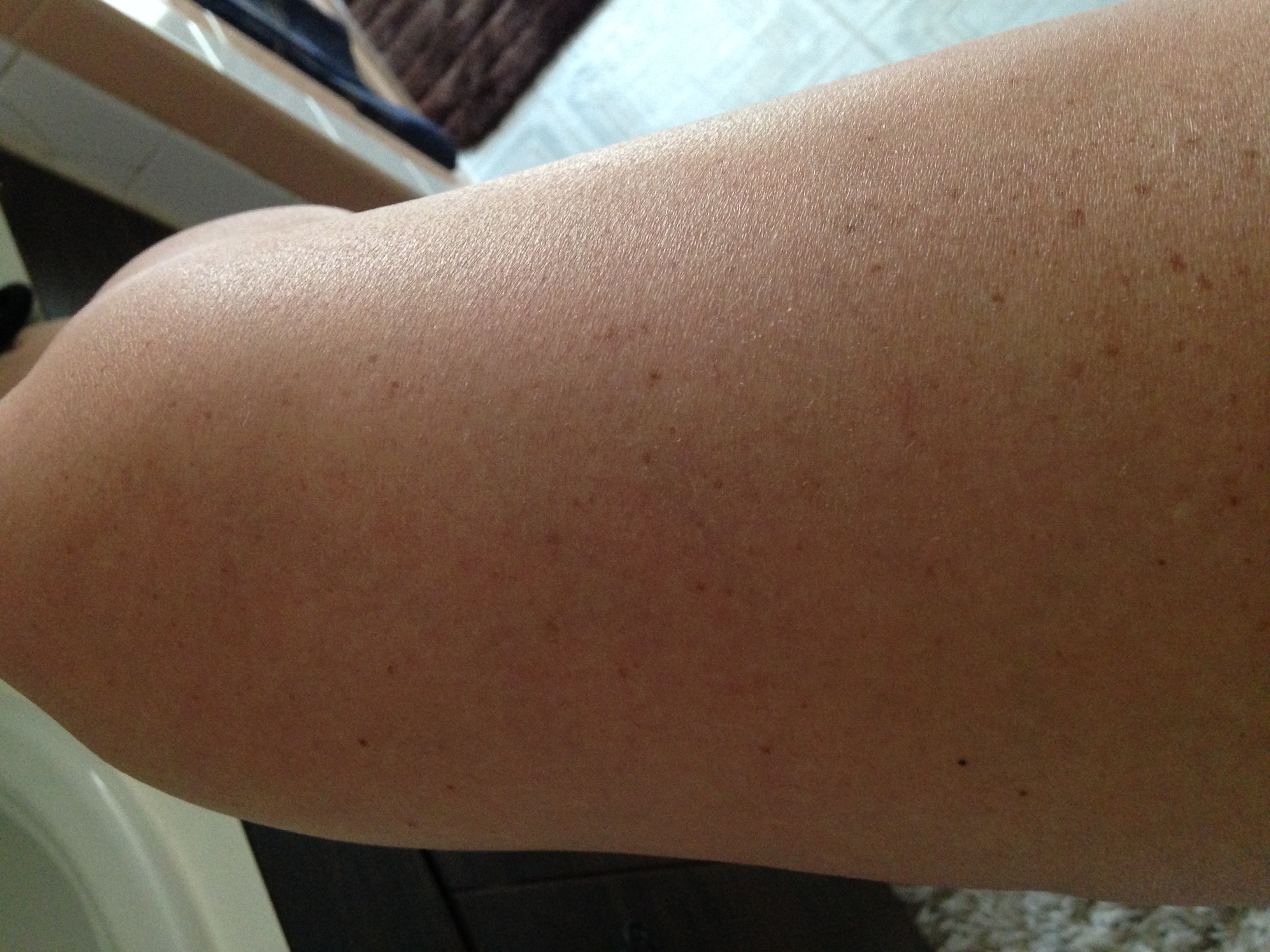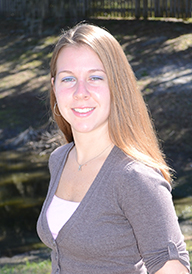Age Spots Defined
On Aug 26, 2014
Age spots are normally not the topic of conversation as most people believe age spots only appear in older people. The truth is, age spots do not discriminate by age despite their name. There are many names that age spots go by, such as beauty marks, moles and sun spots. This article will go over the basics of age spots, how to treat them and how to possibly prevent them.
What are Age Spots
Age spots have a couple of medical synonyms such as liver spots and solar lentigines. Age spots are caused by the overproduction of melanin and though the name can be deceiving, doctors are unsure why these spots develop. They are normally flat, tan, brown or black spots found on your face, hands, shoulders and arms. These areas in particular are exposed to the sun more so than other parts of the body. However, age spots can appear anywhere on your body. Although age spots are quite common in adults over the age of 50, these spots can occur on younger people; especially if they spend a good amount of time in the sun.

Age spots can look like cancerous growths, true age spots are harmless and don’t need medical treatment. Most people seek treatment for age spots for cosmetic reasons. There are products designed to lighten these areas via bleaching but avoiding the sun and using sunscreen could be the simplest ways to reserve your skin’s appearance.
Typical Categories of Age Spots
There are three categories that age spots typically fall into; Cherry Hemangiomas, Lentigines or Seborrheic Keratoses. Cherry Hemangiomas are caused by an overgrowth of blood vessels in the skin and look like small red dots. However, they do tend to develop later in life. Lentigines are flat, tanish spots that look similar to freckles. These spots vary in sizes from the size of a pencil eraser to the size of a dime. These age spots are what most people think of when they hear of age or liver spots. Seborrheic Keratoses can either be flat or raised and can be pale to black in color. Sometimes these age spots are confused with warts, although they are not warts.
What Are Your Options
As a general rule, if that spot you're staring at is new to you, it's a good idea to check in with your dermatologist, says John Wolf Jr., MD, a dermatologist, professor and chairman of the dermatology department at the Baylor College of Medicine in Houston. "I strongly recommend a full-body exam for anyone over age 50 - maybe even earlier for some patients," he says. People who have a personal or family history of skin cancer should go for an exam sooner.
There are a few ways to treat and or remove age spots. A dermatologist can lighten the spots, freeze the spots using a chemical peel or use a laser to remove the spots. Prescription bleaching creams, (hydroquinone) used alone or with retinoids (tretinoin) and a mild steroid may gradually fade the age spots over several months. It’s recommended to use a sunscreen of at least SPF 30 if you choose to use these creams. We recommend Neutrogena Clear Face Break Out Free Liquid Lotion Sunscreen SPF 55 and La Roche-Posay Anthelios 50 Daily Anti Aging Primer with SPF 50 Sunscreen. If you choose to have these spots frozen, a dermatologist applies liquid nitrogen to the age spots to destroy the whole lesion themselves. This method is normally used for a small group of ages spots or one spot in particular. The area around the former spot appears lighter than before the treatment. A chemical peel is another method of removing age spots. This involves applying an acid to the age spots and as the acid peels the skin, new skin replaces the old skin. As with using creams, using sunscreen is strongly recommended. Laser treatments and intense pulsed light therapies destroy melanin-producing cell without damaging the skin’s surface. After several treatments, the age spots gradually fade over time.

In conclusion, age spots appear in all stages of life and for the most part are harmless. Although society has given ages spots a variety of names over the years, they are all the same. There are options to remove or lighten these spots and using sunscreen and or staying out of the sun may be your best options on avoiding and or preventing age spots from forming. We hope that this article sheds some light on this topic and feel free to browse our site for additional information on other skin care related topics.

Katherine Giesen is a freelance multimedia writer and editor and currently is one of the assistant editor interns at Central Skin. She was born and raised in South Jersey and studied broadcast journalism in Florida. In addition to her interests in skin health, Katherine has a background in the culinary arts. Through her passions and interest, she wants to enrich the lives of others.


Comments
Leave a Comment